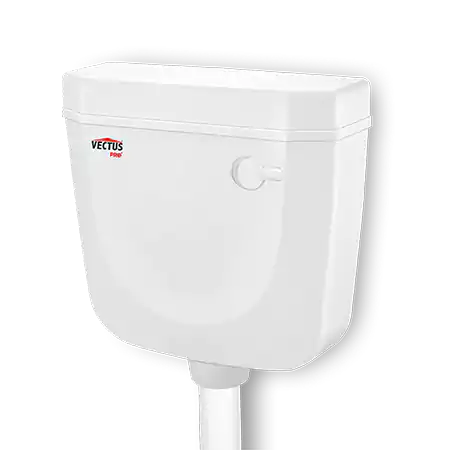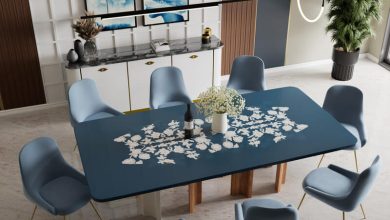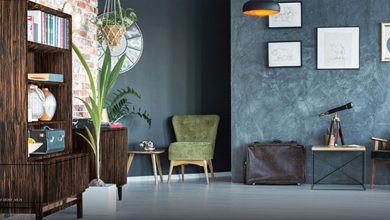Tips for Buying the Right Cistern Tank

Purchasing the cistern tank is a significant decision for any homeowner. Whether you’re renovating your bathroom or building a new home, choosing the right cistern tank can impact your water usage and the efficiency of your toilet system. Alongside selecting the right toilet seat covers, understanding the nuances of cistern tanks can ensure that you make an informed decision. This article will guide you through the critical considerations and features to look for when buying a cistern tank.
Understanding Cistern Tanks
A cistern tank is essentially the water storage unit that allows your toilet to flush. It is usually mounted directly behind the toilet and is a crucial component of the toilet’s overall efficiency and effectiveness. Cistern tanks come in various types and capacities, each designed to meet specific needs and preferences.
Capacity and Water Efficiency
One of the first considerations when purchasing a cistern tank is the capacity. The tank’s capacity can vary, typically between 6 and 9 liters. It’s essential to choose a size that provides enough water for an effective flush but doesn’t waste water. Modern cistern tanks often come equipped with dual flush technology, which offers two flush options: a full flush for solid waste and a reduced flush for liquid waste, which significantly helps in water conservation.
Compatibility and Installation
Ensure that the cistern tank you choose is compatible with your toilet. Tanks and toilet bowls are designed to work together to achieve the best efficiency and performance. Check the fit and compatibility with your existing toilet model, or consider buying a toilet that comes with a tank as a complete set.
The installation process for a cistern tank can vary based on the design. Some tanks are designed for easy, DIY installations, while others might require professional assistance, especially if the installation involves complex plumbing adjustments. If you are not confident in your plumbing skills, hiring a professional can prevent costly mistakes.
Material Durability
Cistern tanks are typically made from ceramic or high-quality plastic. Each material has its advantages and disadvantages. Ceramic tanks are highly durable and resistant to wear but can be heavy and more expensive. Plastic tanks, on the other hand, are lighter and often less costly but might not offer the same longevity as ceramic models.
Style and Appearance
The style of the cistern tank should complement the overall decor of your bathroom. Tanks are available in various designs and finishes, from contemporary to traditional. Choosing a style that matches your bathroom’s aesthetic can enhance the overall look and feel of the space.
When it comes to toilet seat covers, they are not only functional but also part of the bathroom’s decor. Selecting a toilet seat cover that matches or complements the cistern tank and the broader bathroom style is crucial for aesthetic harmony. Like cistern tanks, toilet seat covers also come in different materials, including plastic, resin, or wood, each offering different comfort and durability levels.
Features and Innovations
Modern cistern tanks come with a variety of features designed to enhance usability and efficiency. For instance, some tanks include insulated linings that prevent condensation on the outside of the tank in humid environments. Others might feature quiet or powerful flushing mechanisms that suit different household needs.
Price and Warranty
The cost of cistern tanks can vary widely based on the material, capacity, brand, and additional features. Setting a budget before you start shopping can help narrow down your options. Additionally, look for products that offer a warranty, which can provide peace of mind knowing that any defects or issues might be covered by the manufacturer.
Maintenance and Care
Maintaining a cistern tank is crucial for its longevity. Regularly check for leaks and wear. Replace internal components like flush valves and seals as needed to keep the tank functioning efficiently. Proper maintenance not only extends the life of the cistern tank but also ensures that it operates efficiently, conserving water and reducing your utility bills.
Conclusion
Buying your first cistern tank is an important decision that affects the functionality and efficiency of your bathroom. Consider the tank’s capacity, material, style, and the innovative features it offers. Also, ensure that your choice aligns with effective water use and complements the design of your bathroom and toilet seat covers. With the right knowledge and preparation, you can select a cistern tank that will serve your household well for many years, combining functionality, efficiency, and style.





